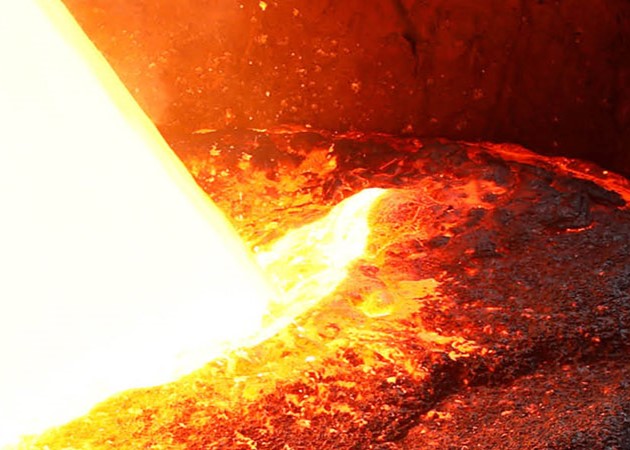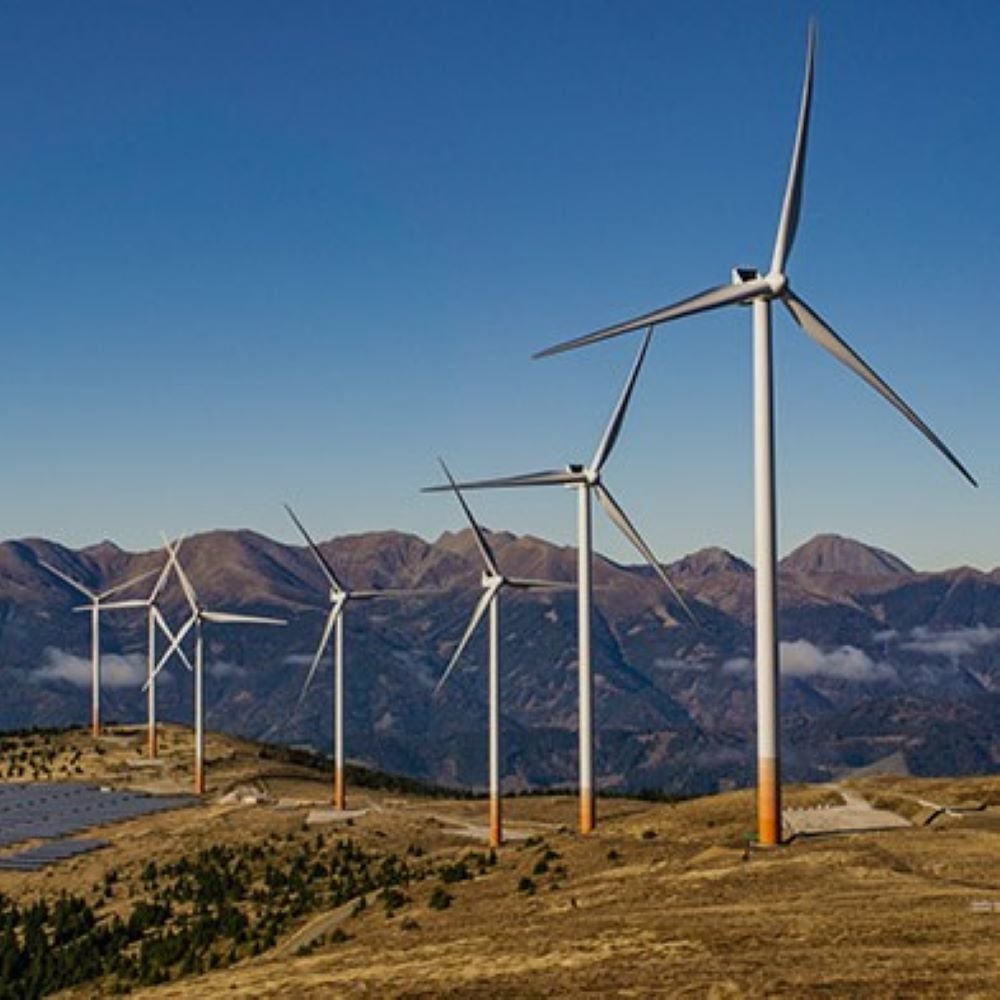We have revised up our short run forecast
We have revised up our forecasts for World light vehicle production to 86 M vehicles in 2023 (85.6 M previously) with 4.8% y/y growth (4.4% previously), and to 89.6 M in 2024 (89.4 M previously) with 4.2% y/y growth (4.4% previously). Figure 1 summarises the key changes in our latest forecasts, and Figure 2 shows our view for major regions out to 2027.
This month’s short run forecasts see minor upward revisions in Asia-Pacific and Western Europe due to solid gains since the beginning of this year.
European market continues to recover
German auto production in April witnessed a robust 24% y/y increase, its twelfth consecutive month of growth, with 321 K units manufactured. Notwithstanding, this performance should be viewed in the context of last year's low base. Between January and April, nearly 1.5 M cars were produced, marking a 35% y/y increase but remaining 13% below the 2019 level.
Exports echoed production trends in April, with a 38% y/y increase to 246 K cars delivered globally. Notably, year-to-date passenger car exports surged 36% y/y, amounting to 1.1 M units. Since mid-2021, the German exports in value terms have outperformed exports in volume terms (Figure 3, left-hand side). This illustrates how German OEMs have adapted their strategy in response to supply-chain problems, prioritising higher-value and margin vehicles.
Other major European markets reported mixed production outcomes. Spain saw a modest 3.2% y/y increase in light-vehicle production, counterbalanced by a 6% y/y dip in passenger car output, primarily due to component supply issues, according to ANFAC. The UK, on the other hand, posted 10% y/y growth. While year-to-date production in these markets improved compared to the same period last year, they still significantly trail 2019 levels.
Despite this positive trajectory, German motor vehicle foreign orders dipped in March, hinting at a potential demand slowdown. Still, EU-wide order books held firm, even achieving a slight uptick in April. Momentum in actual sales, which has been building since the start of the year, continued strongly into April across most European markets. April saw a substantial rise in passenger car registrations in the EU, with a year-on-year increase of 17%, equating to just over 803 K units sold. For the first four months, the EU car market expanded by nearly 18% y/y, with 3.5 M cars sold.
Each of the major markets posted robust gains. Spain led the way with the highest growth rate of 34% y/y, followed by Italy at 29%, France at 22%, Germany at 13%, and the UK at 12%. However, we must consider these y/y gains in light of a very weak April 2022. Despite this robust year-on-year growth, the distance to 2019 sales levels remains considerable, with overall sales lagging more than 20% behind, particularly in Western European markets.
Fleet sales continued to play a crucial role in bolstering sales. For instance, UK fleet sales outpaced private sales again, marking a 33% y/y growth, while private sales declined by 5.5%. Reviewing year-to-date data, fleet sales grew by 39% y/y, capturing a market share of 51%. In contrast, private sales declined marginally by approximately 1% y/y, holding a 46% market share. Fleet sales are growing strongly as they recover back towards prepandemic levels. Covid-19 created uncertainty over working patterns, and many firms pulled back from fleet orders.
North American market almost back to 2019 levels
Both the US and Mexico experienced double-digit year-on-year growth in light-vehicle production in April. The US produced over 922 K units, marking the highest production level since Jul 2020, an encouraging sign of recovery. Mexican production has also shown consistent growth, rising for the eleventh consecutive month. Both countries are steadily narrowing the gap to their 2019 production levels. The US YTD production is now only 4.6% below its 2019 level. Mexico is currently 7% below the 2019 level.
In April, the US saw a remarkable surge in LV sales, underlining sustained pent-up demand, notwithstanding rising interest rates potentially cooling the economy and consumer sentiment. This trend signifies a positive Q2 outset with the seasonally adjusted annual rate (SAAR) for April nearing 16 M units, marking an 11% rise compared to Apr 2022's 14 M SAAR. Key factors such as heightened availability, inventory levels, and new vehicle incentives contributed significantly to this sales boost. Additionally, steady consumer resilience coupled with a resurgence in fleet sales parallel to Western European trends imply considerable recovery potential.
YTD data for the first four months reveals an 8% y/y growth in US LV sales, while Mexico demonstrated a nearly 23% y/y rise. Comparatively, sales are improving in both countries against the 2019 period, with the US 7.8% below and Mexico 4% below the 2019 level.
The average transaction prices for new vehicles in the US have been tracking below the manufacturer's suggested retail price (MSRP) for two consecutive months. With non-luxury prices on the rise and luxury prices on the decline, demand remains sturdy for most vehicles. After 20 months of new-vehicle average transaction prices surpassing the MSRP, a downturn is now apparent. In April 2023, consumers paid an average of $378 less than the sticker price, a significant shift from a year ago when the average price exceeded the MSRP by $600. This suggests that supply chain problems have eased substantially.
Chinese demand still weak, but exports keep growing
In Asia, April saw robust production growth across all major countries. However, the context varies. China, for instance, experienced a substantial year-on-year production growth of 79%. This surge can be attributed largely to the low base effect due to the Shanghai lockdowns last year. A 17% m/m decline actually indicates persistent weak demand, exacerbated by an ongoing price war and uncertainty over policy that has left consumers hesitant to commit. Despite the price drops, an uptick in deliveries has not materialised, presenting a significant challenge for OEMs. We previously anticipated the price war to be transient, and maintain the expectation for market normalisation by July when this price competition is likely to recede.
Looking at year-to-date production, China has manufactured slightly over 7 M units, reflecting an 8.6% y/y growth, and a modest 2.2% increase compared to the 2019 level.
Chinese auto exports continue to demonstrate strength. In the first four months, passenger car exports experienced an impressive 86% y/y growth. Notably, Battery Electric Vehicles (BEVs) retained a significant share of exports in April at 33%, despite a decline from February's all-time high of 42%. Year-to-date, BEVs exports have soared by 122% y/y. This robust export performance is supporting auto production within China, partly offsetting weak domestic demand.
Asia's key automotive markets experienced noteworthy y/y sales growth in April. Dominant players like China, India, and Japan reported double-digit y/y increases. However, China's robust 88% y/y rise can largely be attributed to last year's low baseline due to the Shanghai lockdown. M/m sales declined by 10%, suggesting a persisting weak demand.
South Korea observed a slowdown in April from a high-performing March. This could be due to rising interest rates and economic deceleration, which may be reducing demand. Expectations are high for a sales rebound in May and June, as the temporary excise tax reduction expires at the end of June.
Looking at the YTD figures for the first four months, China's passenger car sales reached 6.9 M units, marking a 6.8% y/y growth, 1.7% above the 2019 level. BEVs and PHEVs significantly bolstered sales: BEVs contributed 1.6 M units (31% y/y), and PHEVs added 0.6 M (90% y/y) during the first four months.
While other major Asian countries also posted double-digit y/y growth, compared to 2019, Japan is the sole market trailing behind, sitting 9% below the 2019 level.
















